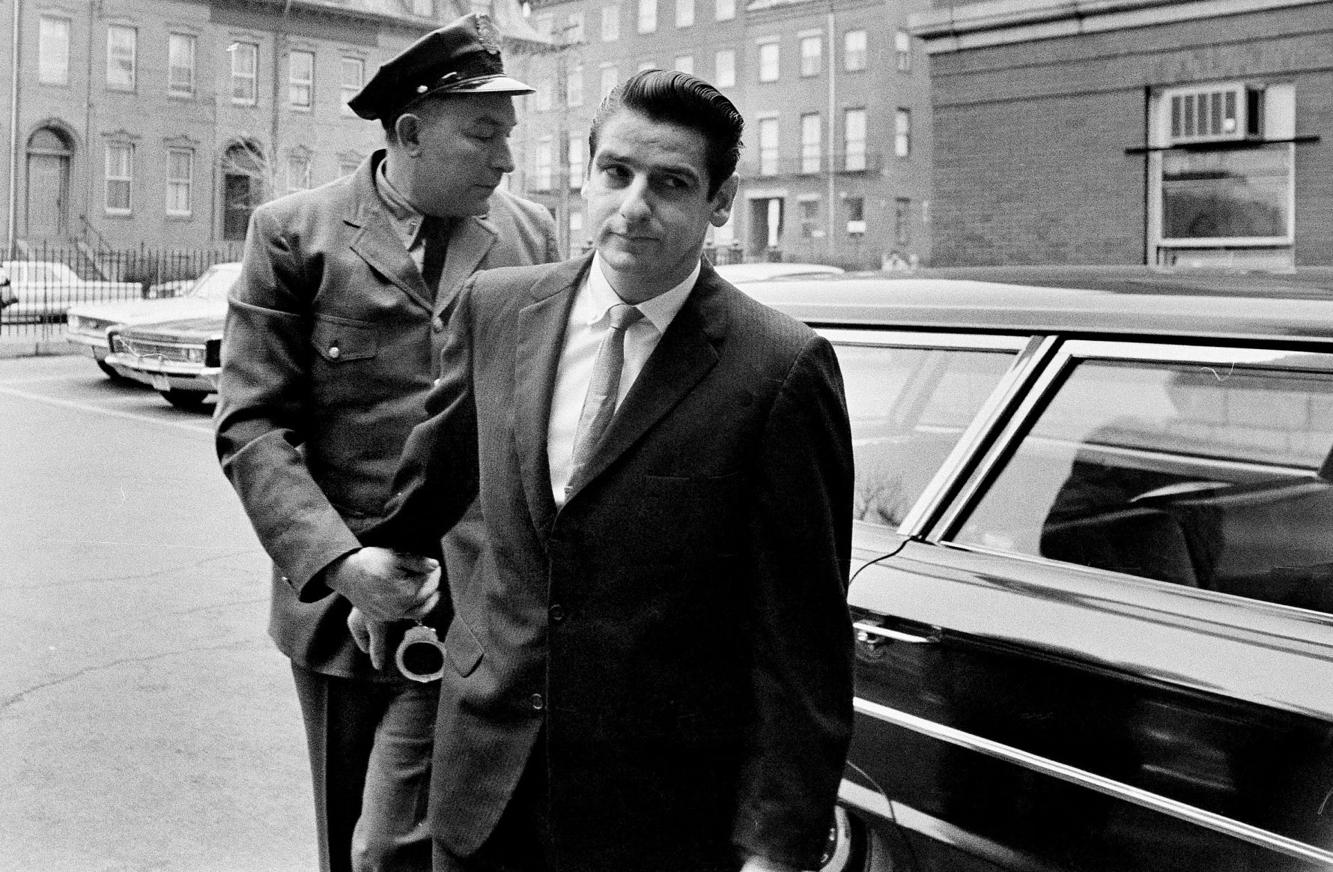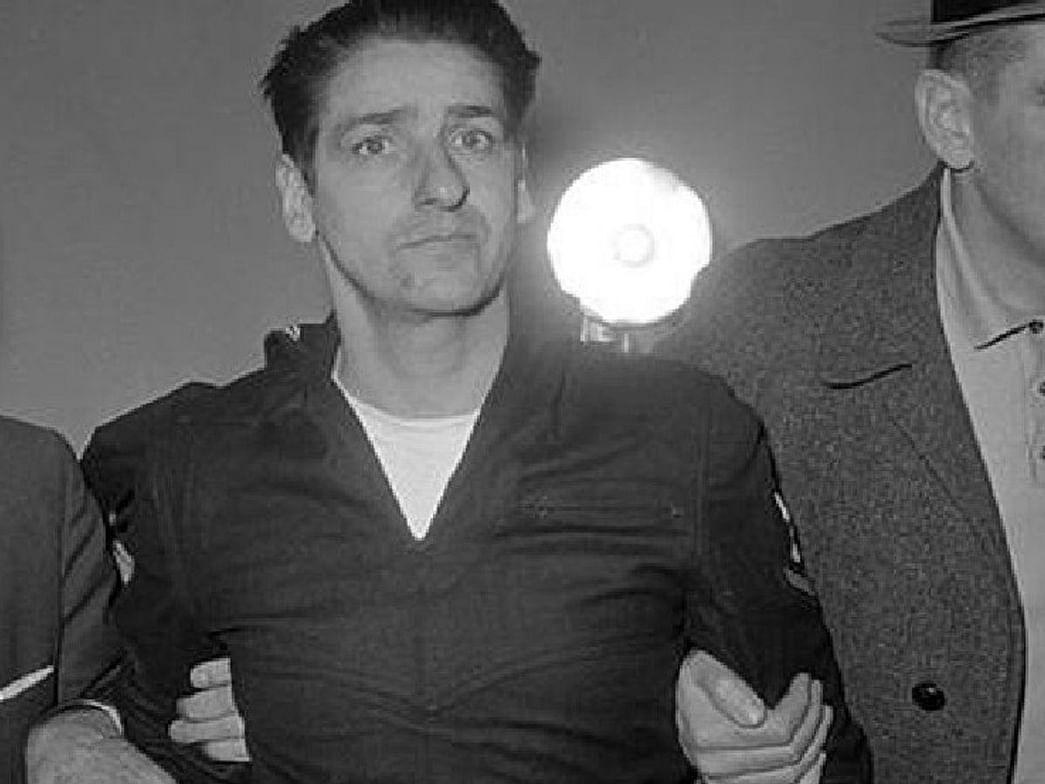Albert DeSalvo is a name that still sends chills down the spine of true crime fans and Boston locals alike. Known as the infamous Boston Strangler, his brutal crimes shocked the nation in the 1960s. His story is one of fear, confusion, and a string of murders that left a lasting mark on American criminal history. Whether you're just curious or deep into true crime, understanding who Albert DeSalvo was and what he did is a must.
What makes DeSalvo’s case so gripping isn’t just the number of victims, but the way he operated. He was smart, stealthy, and left a trail of terror across the Boston area. His methods were brutal, and his nickname, the “Green Man,” only added to the mystery. So, how did this man go from a troubled youth to one of the most feared serial killers of his time?
If you're wondering what led to his capture, how he was identified, and what really happened during his time in prison, you're not alone. Many people still ask questions about his life, his crimes, and whether he truly acted alone. Let's dive into the life of Albert DeSalvo and uncover the truth behind the legend.
Table of Contents
- Biography of Albert DeSalvo
- Early Life and Troubled Beginnings
- The Boston Strangler Murders
- DeSalvo’s Confession and Arrest
- Trial and Conviction
- The Legacy and Myths Surrounding the Case
- Frequently Asked Questions
Biography of Albert DeSalvo
Born on September 3, 1931, in Chelsea, Massachusetts, Albert Henry DeSalvo grew up in a chaotic and abusive household. His early life was filled with violence, poverty, and instability—things that would later shape the man who would become one of the most infamous serial killers in U.S. history. Below is a snapshot of his personal details:
| Full Name | Albert Henry DeSalvo |
|---|---|
| Birth Date | September 3, 1931 |
| Birth Place | Chelsea, Massachusetts, USA |
| Death Date | November 25, 1973 |
| Death Place | Walpole State Prison, Massachusetts, USA |
| Known As | Boston Strangler |
| Occupation | Criminal, Convicted Murderer |
| Victims | 13 Women (claimed by DeSalvo) |
Early Life and Troubled Beginnings
DeSalvo’s childhood was anything but normal. His father was an alcoholic and a thief, while his mother struggled with mental health issues. The young boy was often left to fend for himself, and it wasn’t long before he got into trouble with the law. By his teens, he had already been arrested for petty crimes, and by his early twenties, he was in and out of jail for assault and rape.
So, what pushed him toward violence? Some say it was the abuse he suffered at home, others believe it was a natural tendency toward aggression. Whatever the cause, by the early 1960s, DeSalvo had already built a reputation as a dangerous man. He was known for breaking into homes and sexually assaulting women, a pattern that would eventually escalate into something far worse.
The Boston Strangler Murders
Between 1962 and 1964, the Boston area was gripped by fear. A serial killer was on the loose, strangling women in their own homes. The victims ranged from teenagers to elderly women, and the killer left behind a trail of terror. The press dubbed him the “Boston Strangler,” and panic spread across the city.
DeSalvo wasn’t just breaking into homes—he was doing it with a chilling precision. He would often pose as a salesman or repairman to gain access to apartments. Once inside, he would overpower his victims, assault them, and then strangle them with whatever was nearby—clothing, ropes, or even their own bras. The method was brutal, and the killer left behind little evidence.
He also earned the nickname “Green Man” because he was often seen wearing a green sweater or green clothes when he committed his crimes. Some say he used the color as a form of camouflage, blending into the shadows and slipping away unnoticed. It was a clever trick, and one that kept the police guessing for years.
DeSalvo’s Confession and Arrest
The Boston Strangler’s reign of terror ended in 1965 when DeSalvo, already in jail for a series of rapes, confessed to the murders. He was being held at a state mental hospital when he told investigators he was responsible for the 13 killings. His confession was detailed and chilling, describing how he would stalk his victims and plan his attacks with disturbing calm.
But here’s the twist: DeSalvo was never officially convicted of the murders. His confession was never used in court, and some people still question whether he was telling the truth or just seeking attention. Still, the police considered the case closed, and DeSalvo was sentenced to life in prison for unrelated crimes.
Trial and Conviction
On January 18, 1967, Albert DeSalvo stood in court and was sentenced to life behind bars for the rapes he’d committed. Although he had confessed to the Boston Strangler murders, there wasn’t enough physical evidence to tie him directly to those crimes. So, the legal system went with what they had—his history of sexual assault.
He was sent to Walpole State Prison, where he remained until November 1973, when he was found dead in his cell. Officially, his death was ruled a suicide, but many people, including his family, believed he was killed by another inmate. The circumstances surrounding his death remain suspicious to this day.
The Legacy and Myths Surrounding the Case
Even though decades have passed, the story of Albert DeSalvo and the Boston Strangler still fascinates people. His case has been the subject of books, documentaries, and even a movie starring Tony Curtis. But more importantly, it raised questions about how serial killers operate and how law enforcement investigates them.
One of the biggest debates is whether DeSalvo truly acted alone. Some experts believe there may have been more than one killer, pointing to inconsistencies in the murders. Others think he may have exaggerated his role to gain notoriety. Either way, the case remains one of the most controversial in criminal history.
What we do know is that DeSalvo’s actions changed how people thought about personal safety, especially for women living alone. His crimes led to increased awareness and a shift in how police approach serial murder investigations. In a way, his dark legacy also helped shape modern criminology.
Frequently Asked Questions
Was Albert DeSalvo definitely the Boston Strangler?
DeSalvo confessed to being the Boston Strangler, but he was never convicted of the murders. Some experts believe he may have acted alone, while others think there could have been more than one killer involved. His confession was never used in court, so the case remains officially unsolved.
How did Albert DeSalvo die?
DeSalvo was found dead in his prison cell on November 25, 1973. The official cause of death was suicide by stabbing with a sharpened object. However, his family and some investigators have questioned this, suggesting he may have been murdered by another inmate.
Why was Albert DeSalvo called the “Green Man”?
DeSalvo earned the nickname “Green Man” because he was often seen wearing green clothing during his crimes. Some believe he used the color to blend into the background and avoid detection. The name became a symbol of fear during the Boston Strangler’s active years.
If you're interested in learning more about Albert DeSalvo and the Boston Strangler case, you can explore additional resources on criminal psychology and true crime history. For verified crime reports and historical data, the FBI’s wanted list offers valuable insights into serial killers and unsolved cases.

:max_bytes(150000):strip_icc():focal(734x569:736x571)/Boston-Strangler-Albert-DeSalvo-02-fcadb566c840456fa9aa0281b167fad8.jpg)

